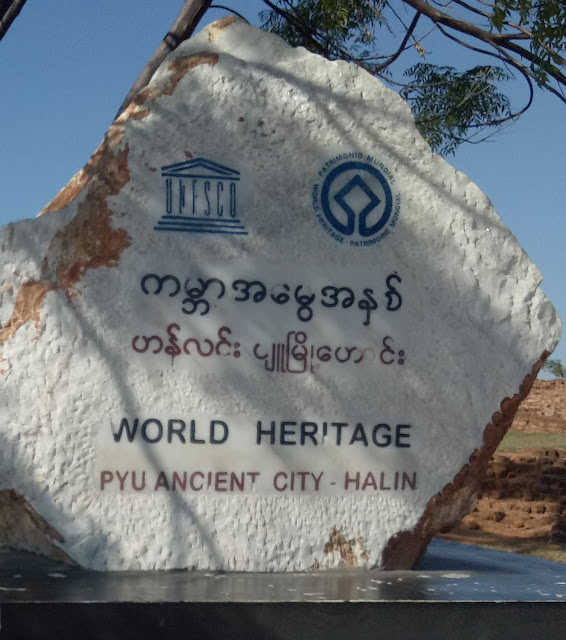Ajanta Caves

The Ajanta Caves are a group of rock-cut Buddhist cave monuments estimated to have been constructed from the 2 nd Century BCE to about 480 CE, located in the Aurangabad District of Maharashtra State in India. It is believed that the caves served as a monsoon retreat for monks, as well as a resting site for merchants and pilgrims in ancient India. The distant view of the Ajanta Caves The currently identified 29 caves constitute of monasteries (Viharas) and worship-halls (Chaityas) attributed to the Buddhist tradition. The interior of the caves also contains "Dry-Fresco" (paintings on top of a dry plaster surface rather than into wet plaster) depicting the past lives and rebirths of Buddha and rock-cult sculptures related to Buddhism. The caves which have been numbered for ease of identification based on the order they could be visited as opposed to the time of their construction have been attributed to two distinct periods. The earliest group of caves are generall...













